Bree Castle House Open Studios
On Wednesday 19 February 2025, Bree Castle House will once again present an Open Studios event. Hosted by RESERVOIR, an art gallery on the 7th floor of the building, Bree Castle Open Studios forms part of the official VIP programme for the Investec Cape Town Art Fair 2025.
Further to this, Design Week South Africa (which had its inaugural launch in October 2024) is popping up at Bree Castle House Open Studios on the first floor with an installation, entitled ‘Progression ll – The Prelude’, by Onesimo Bam. Onesimo will also be extending this installation to form a fashion show, taking place on Sunday 23 February during Open Bree, on Bree Street. Open Bree is an initiative encouraging pedestrianism and community in the city, which continues to run year-round.
Open Studios will showcase 20 artists’ spaces across 9 floors to reveal process and unseen works. To name one, designer Koos Groenewald will be revealing a limited edition (set of 10) shirts designed in collaboration with National Arts Council and Art Club and Friends.
Open from 18:00 – 20:00 at Bree Castle House, Cape Town.
RSVP for Bree Castle House Open Studios here
NURU Showroom
In a recent interview with conceptual fashion designer Lezanne Viviers, she mentioned how 2025 would be the year for community establishment with like-minded creatives. With fellow founders, Nubia Moussa, Kerstin Engler and Didi Mogashoa, they have created NURU African Collective Showroom, taking place from 18 to 23 February.
NURU promises to make waves at the Cape Town Art Fair, shining a spotlight on African art and design that encourage collectors and clients to ‘Play’ – following suit from this year’s ICTAF theme.
In the spirit of play, they are inviting viewers to an exclusive visit to the historic Art Deco penthouse of Lezanne’s at Mutual Heights. The showroom fosters collaboration, shared resources, and a sense of camaraderie, showcasing ethical, authentic and artful design that reflect the spirit and culture of the African continent through conversations with art and fashion, together shaping a new paradigm.
The showroom will feature artists and designers such as Frances VH Mohair, Water Dixon, Boemo Diale, Yolanda Mazwana, Crystal Birch, House of Gozdawa, Daisie Jo, Viviers, In Company, Lukhanyo Mdingi, Driaan Claasen, Gabrielle Kruger to name a few.
SHOWROOM: 18–23 February 2025 (Apartment 1101, Mutual Heights)
ART FAIR BOOTH: 21–23 February 2025 (Investec Cape Town Art
NURU Showroom is available for viewing by appointment only. Book appointment here
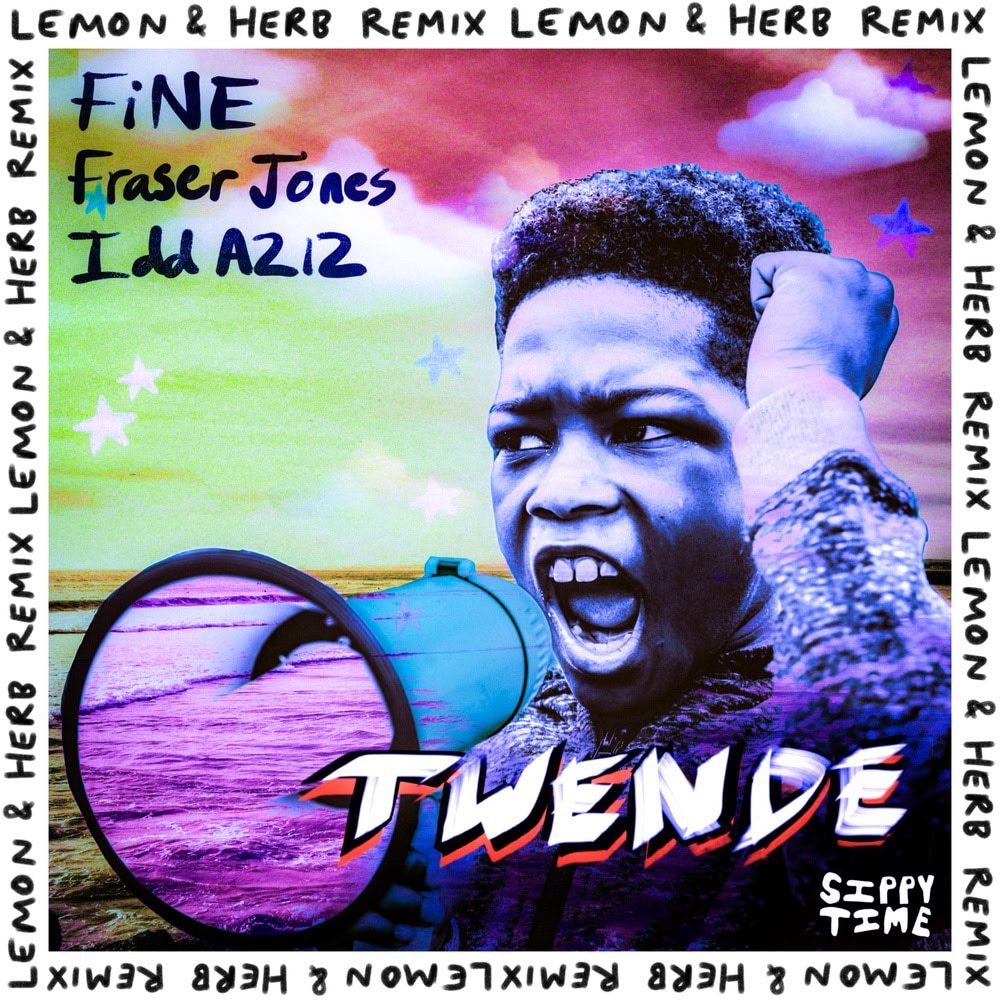




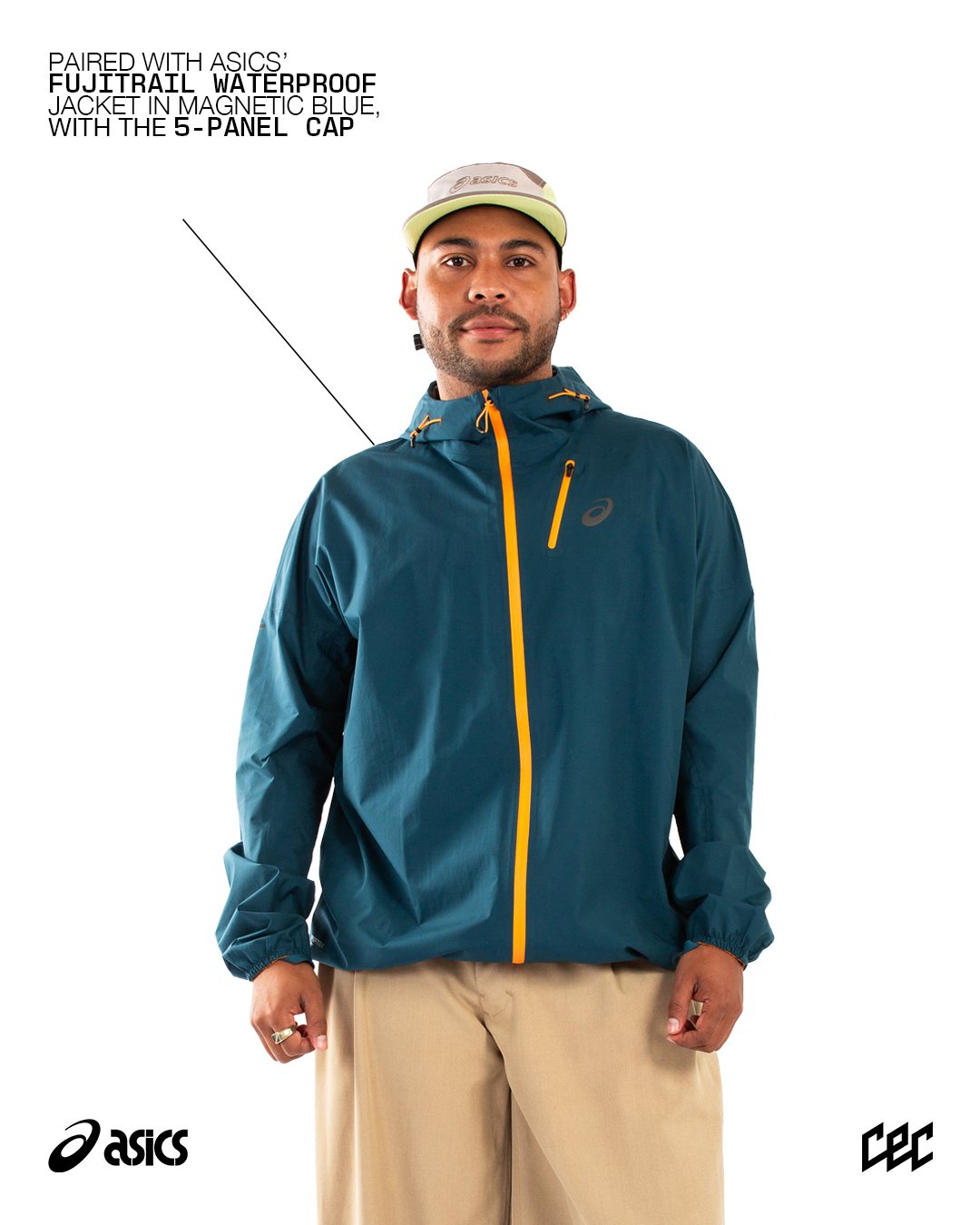


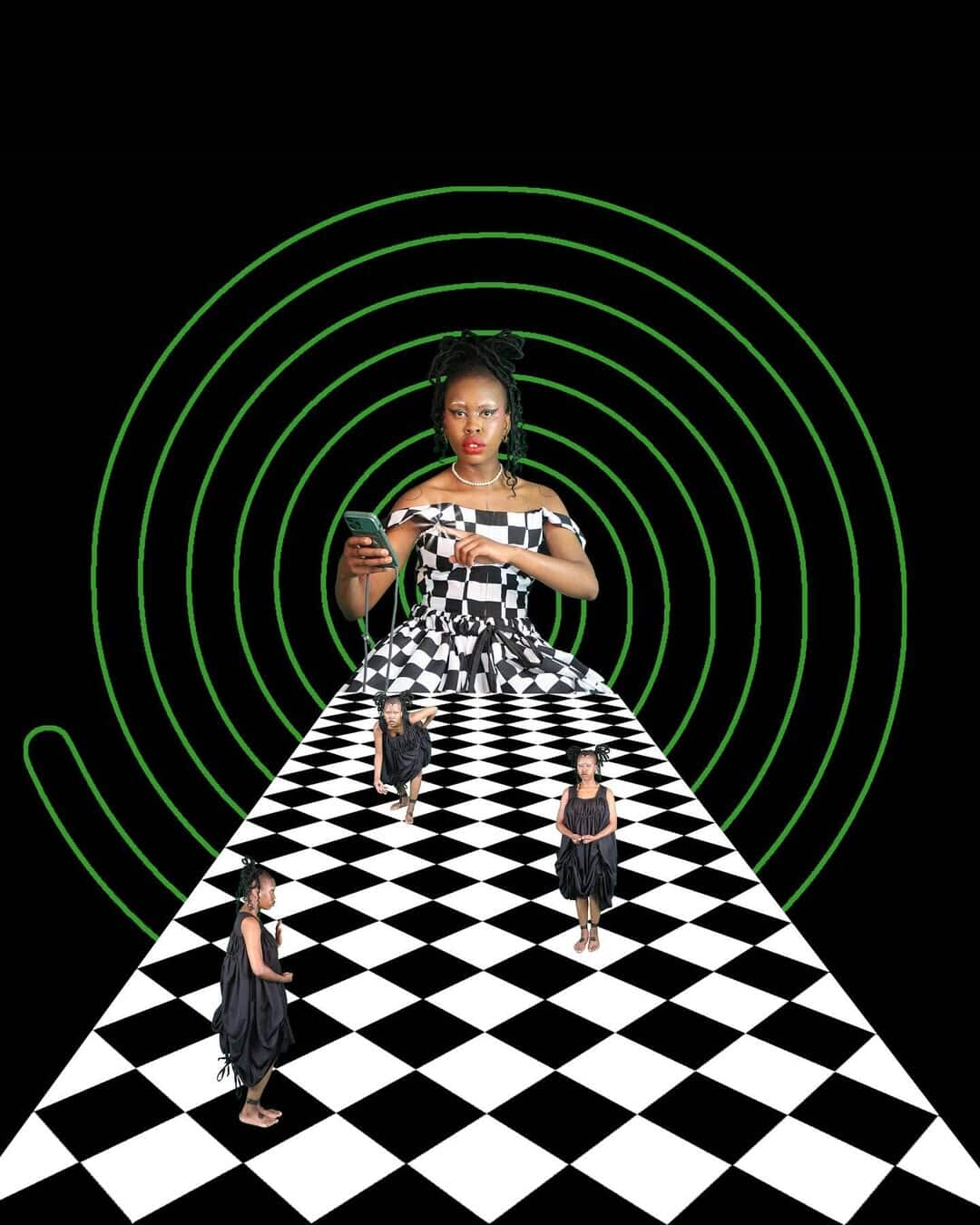
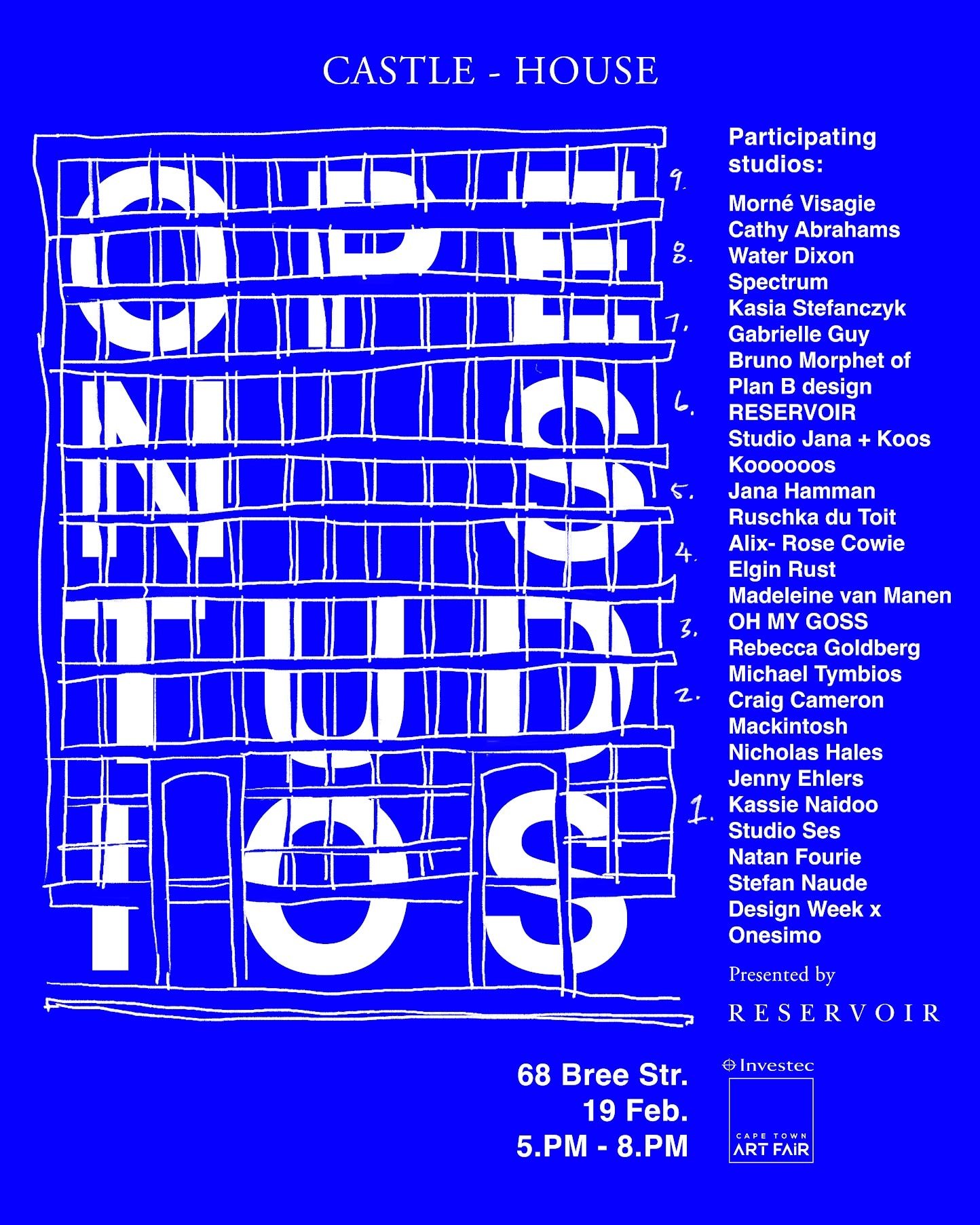

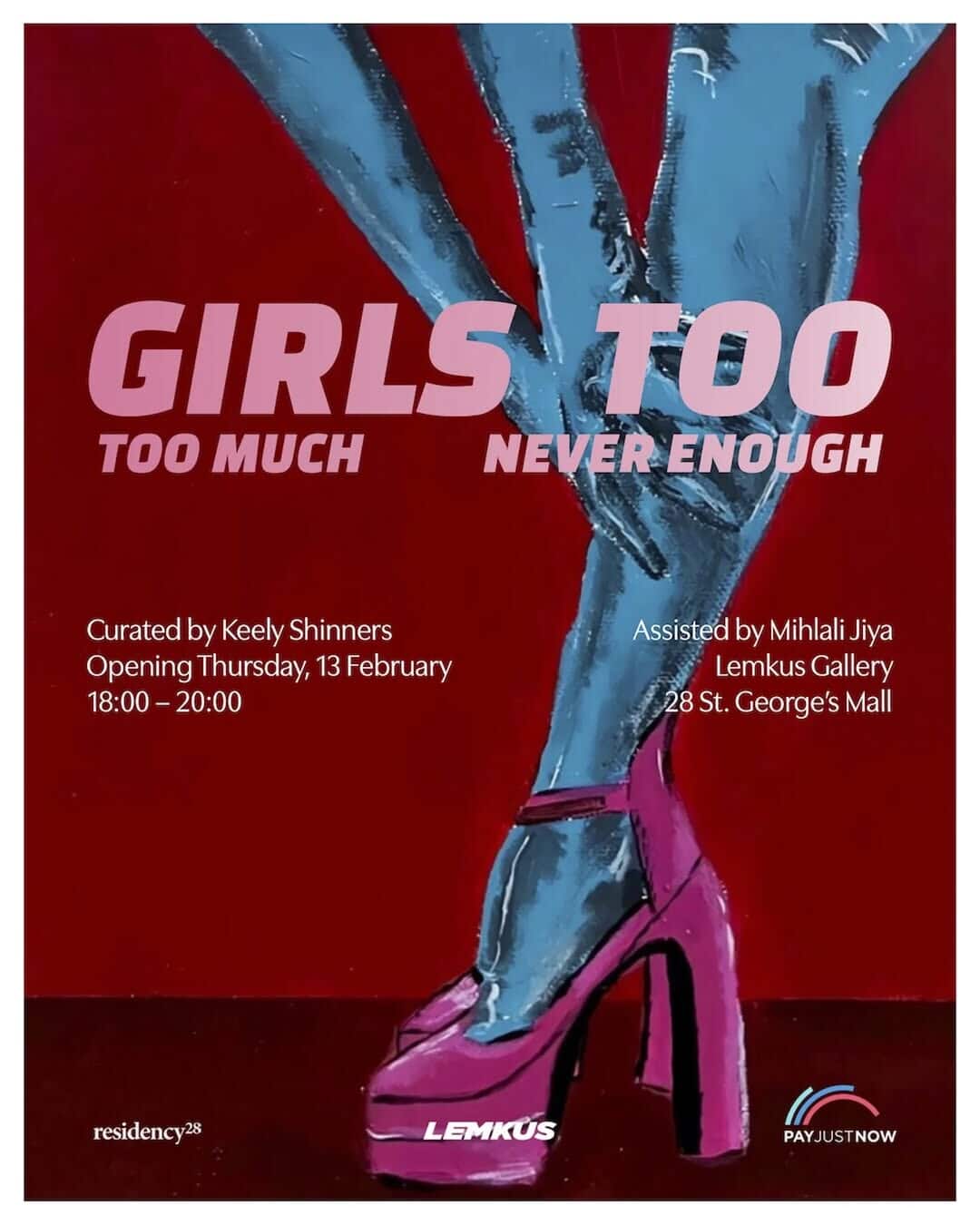

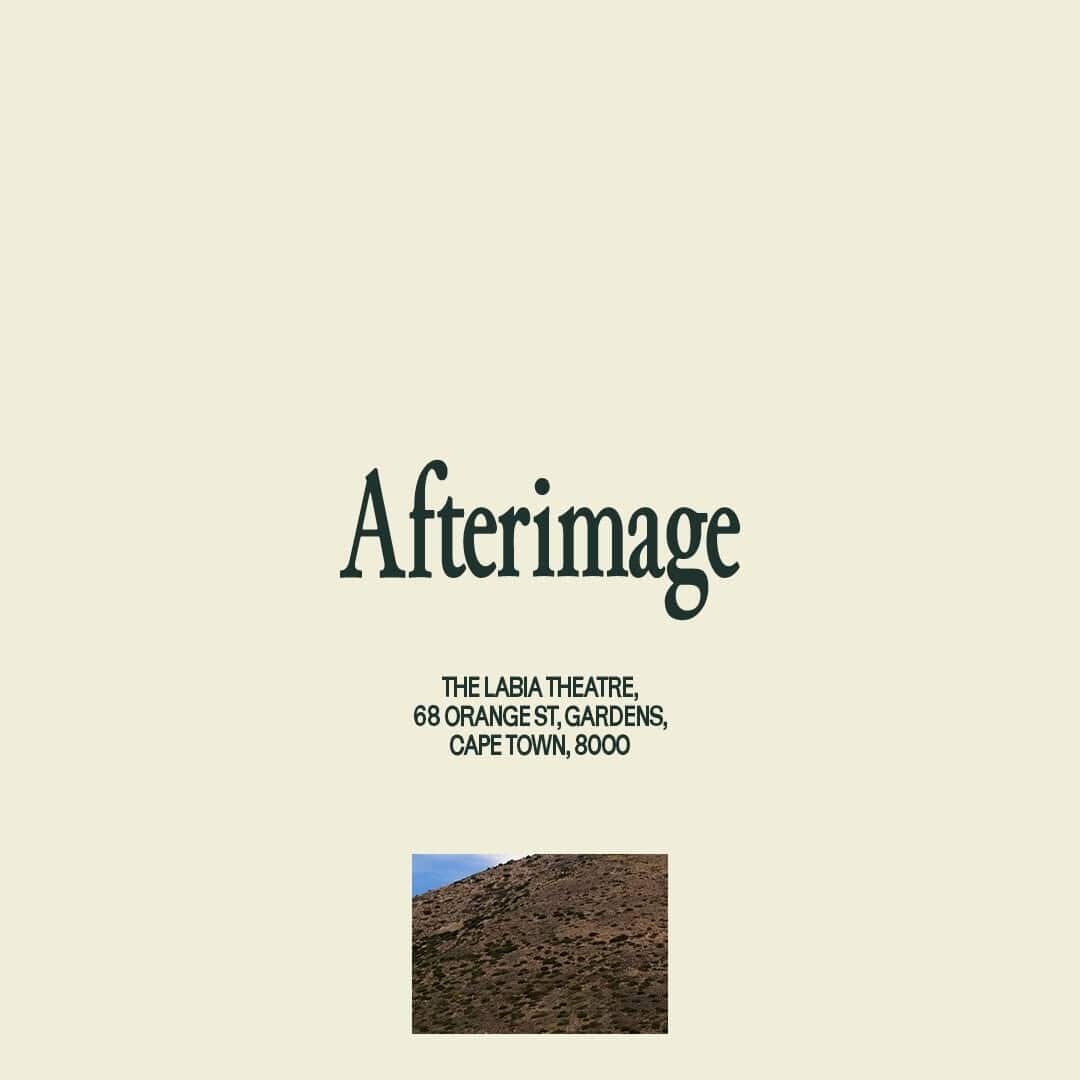

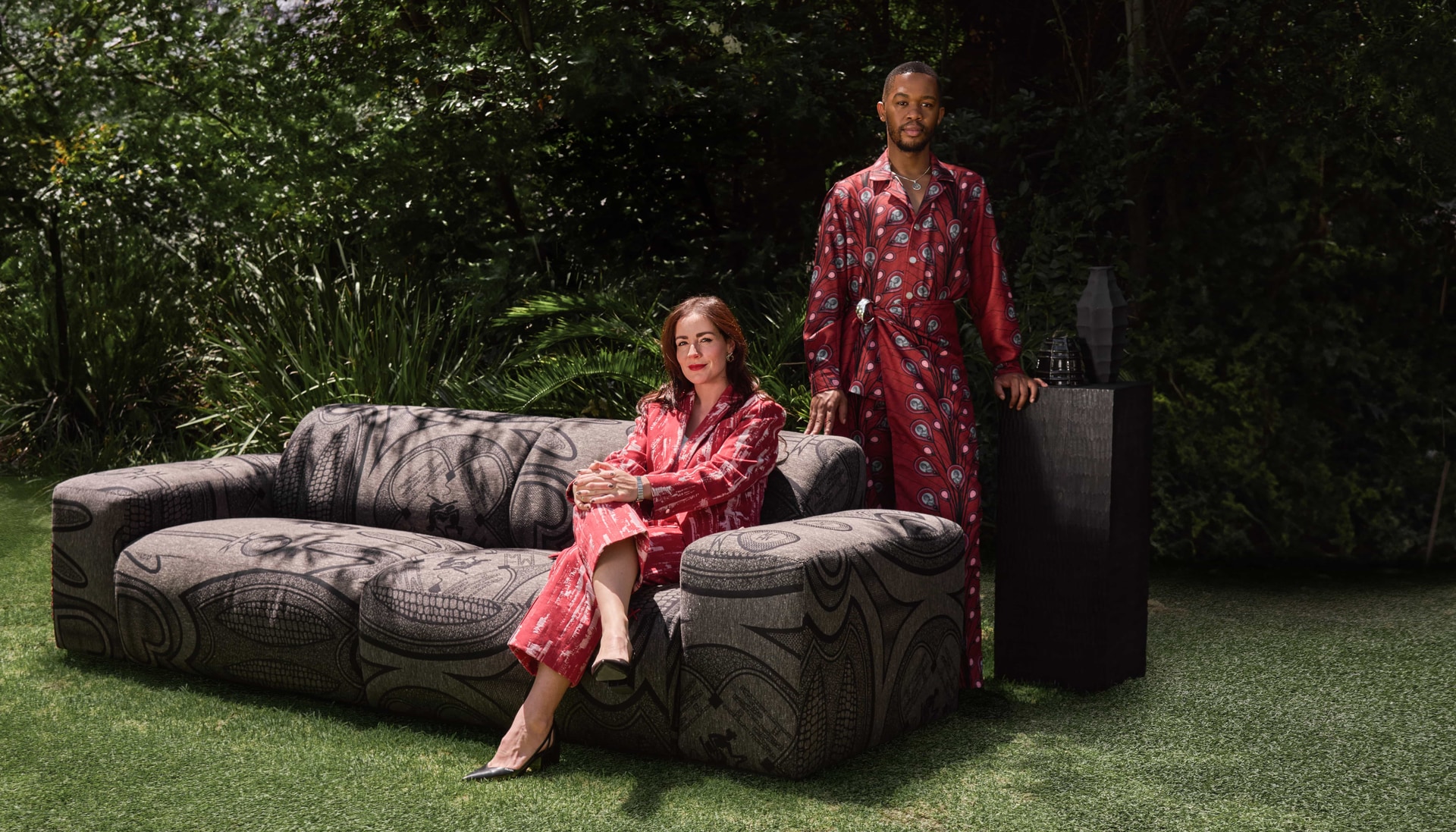
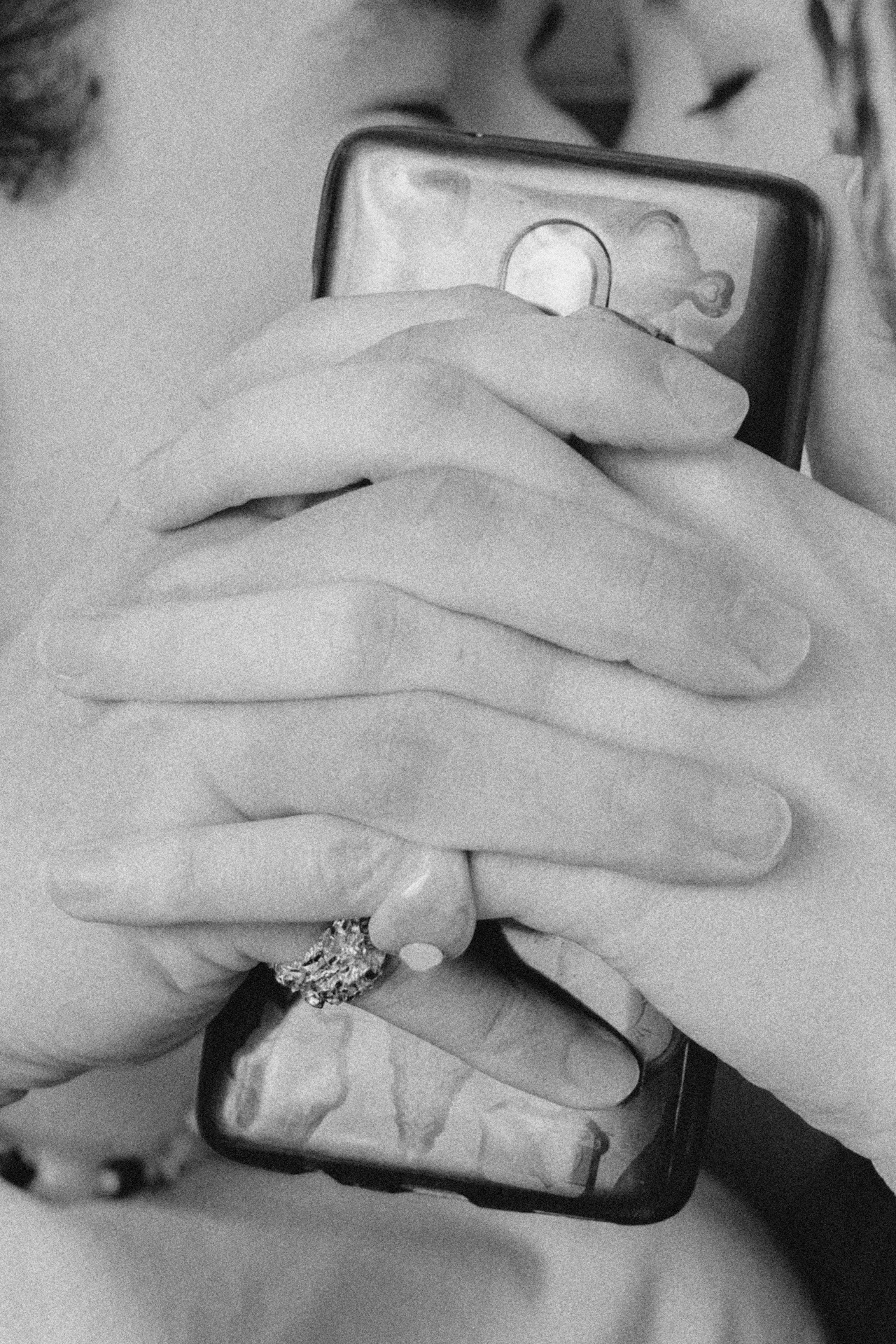
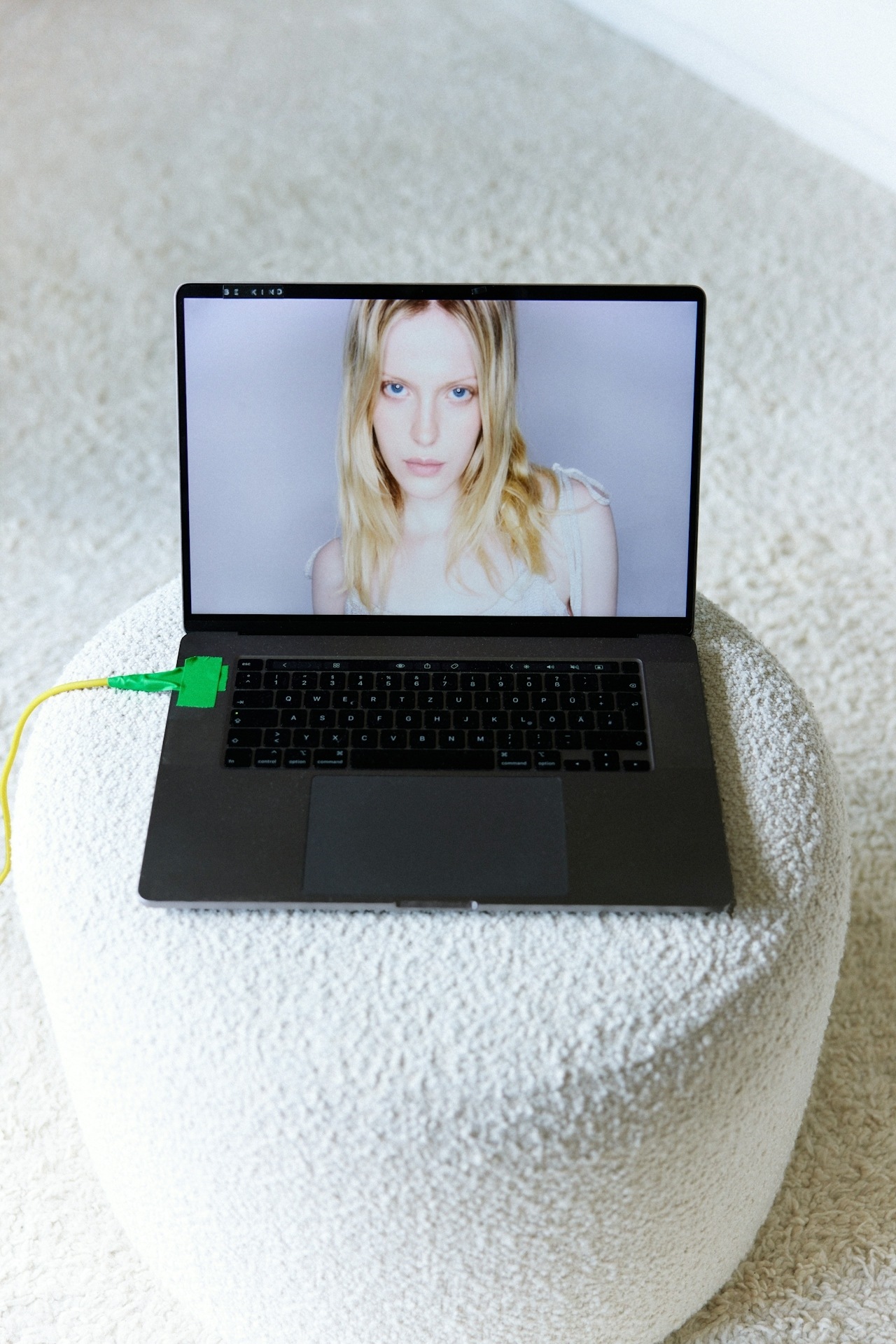
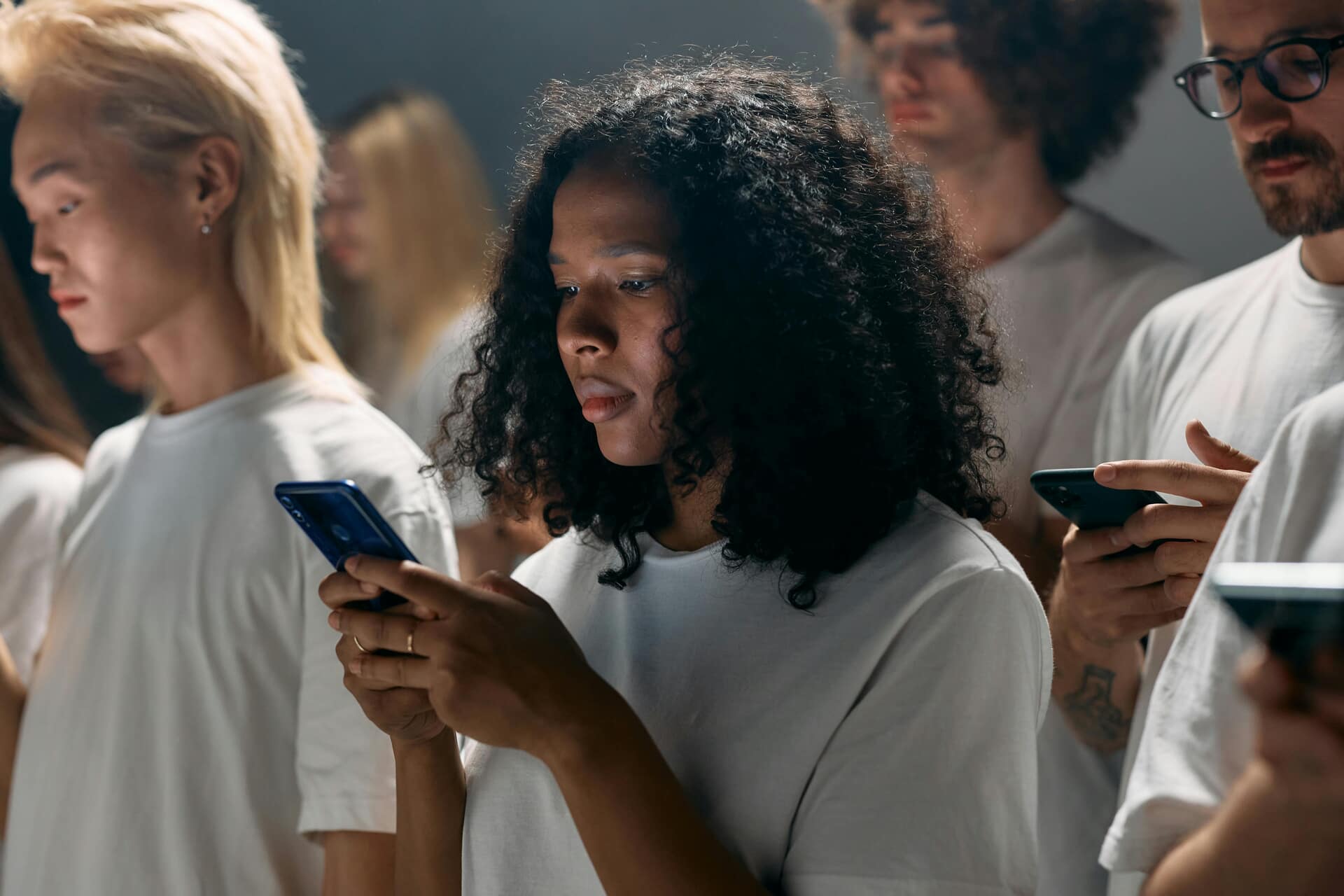
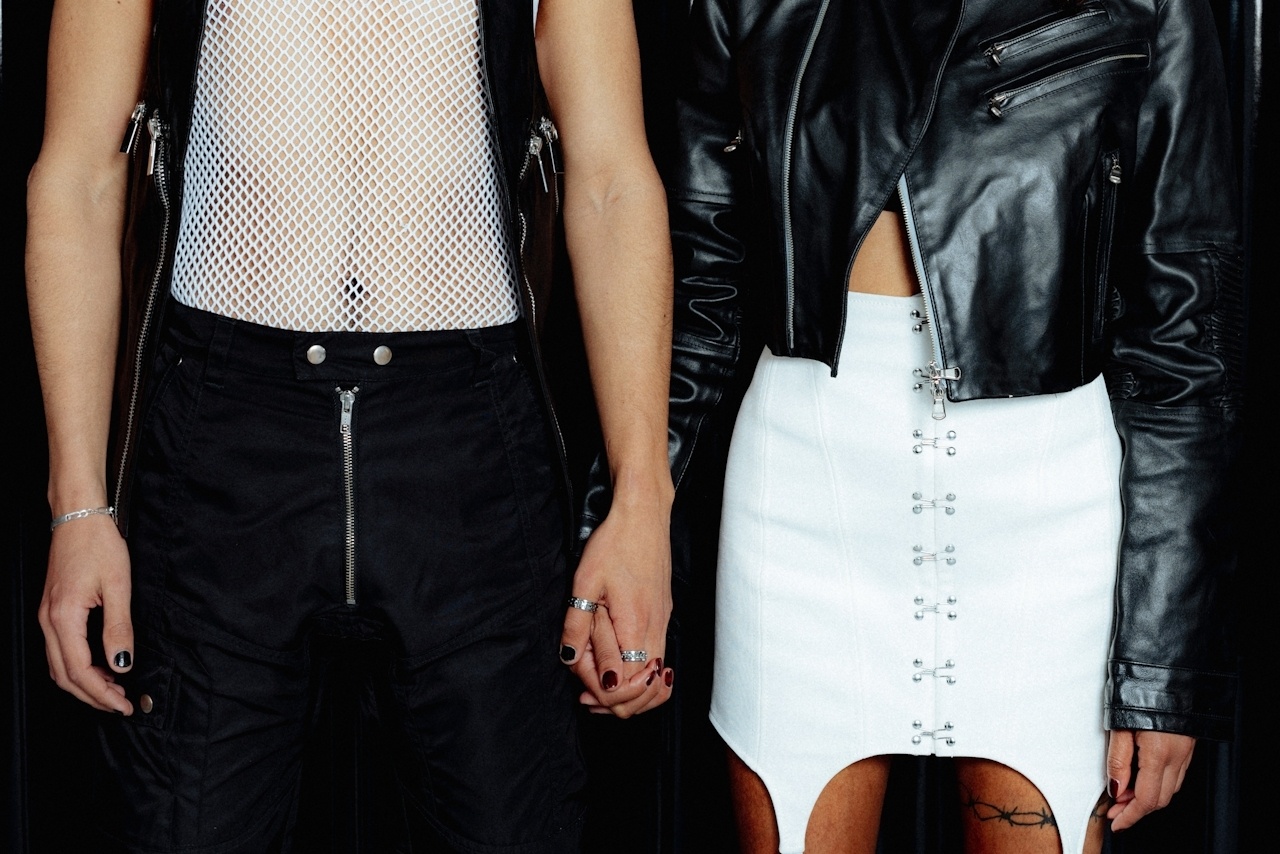

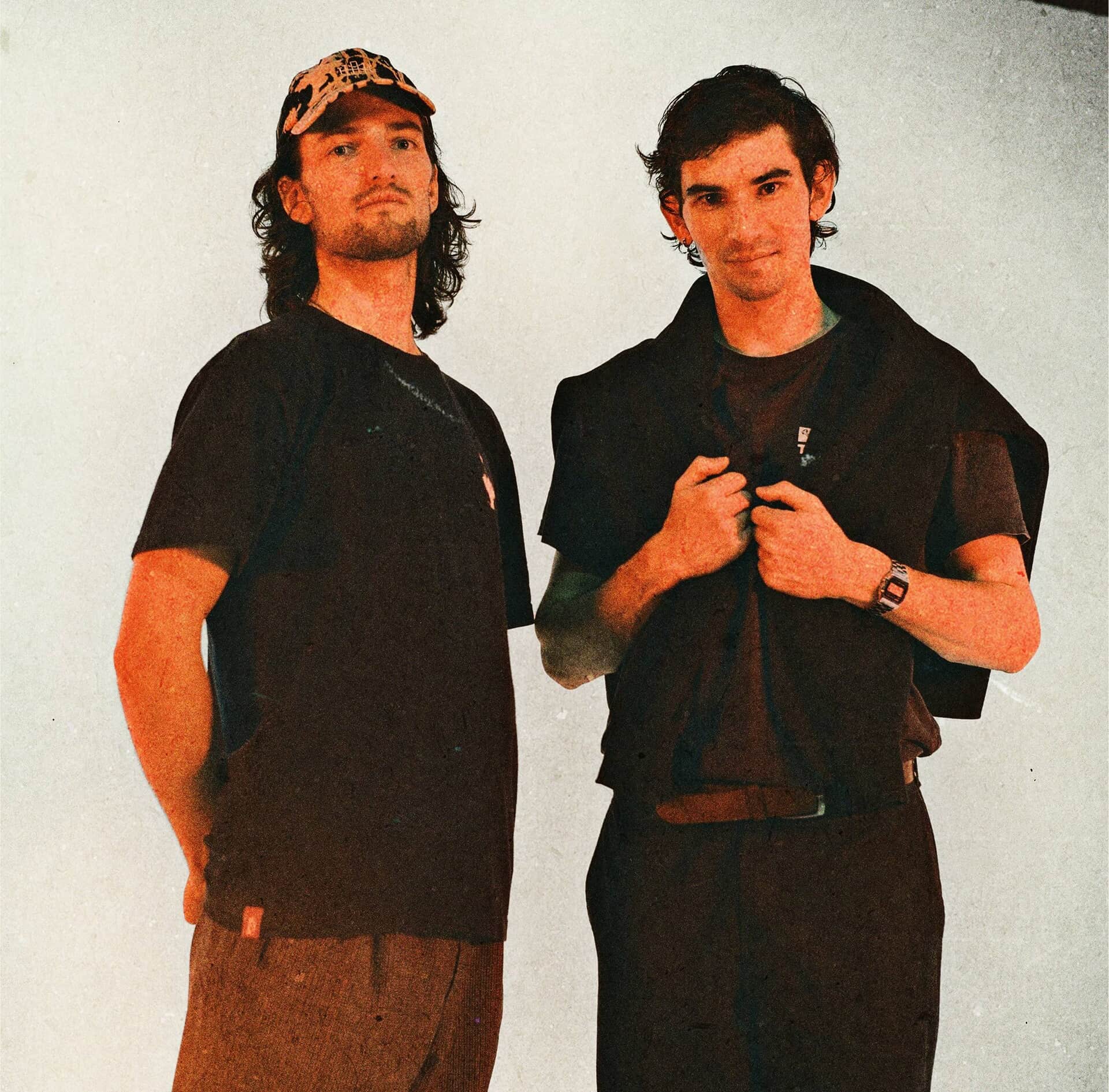
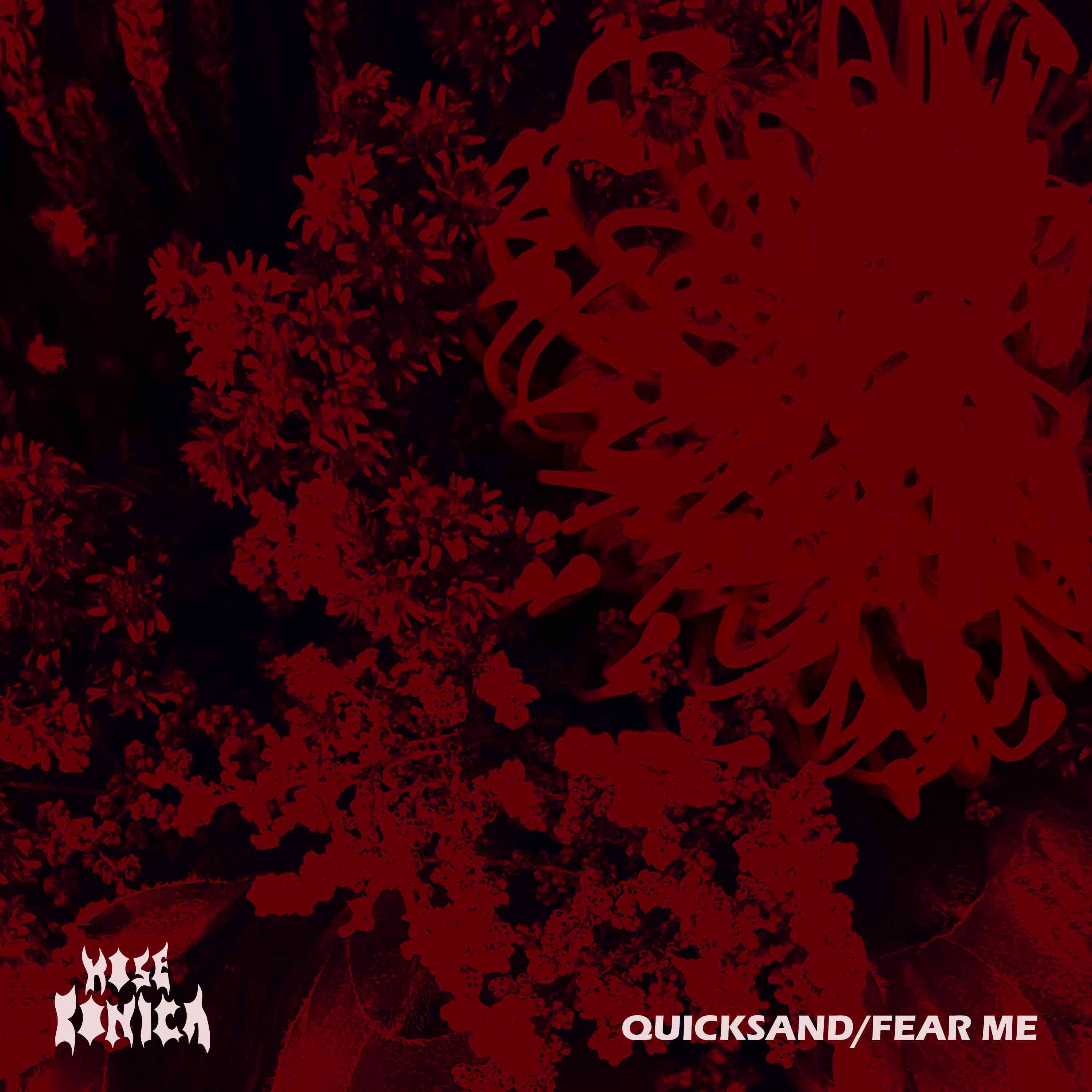
Recent Comments